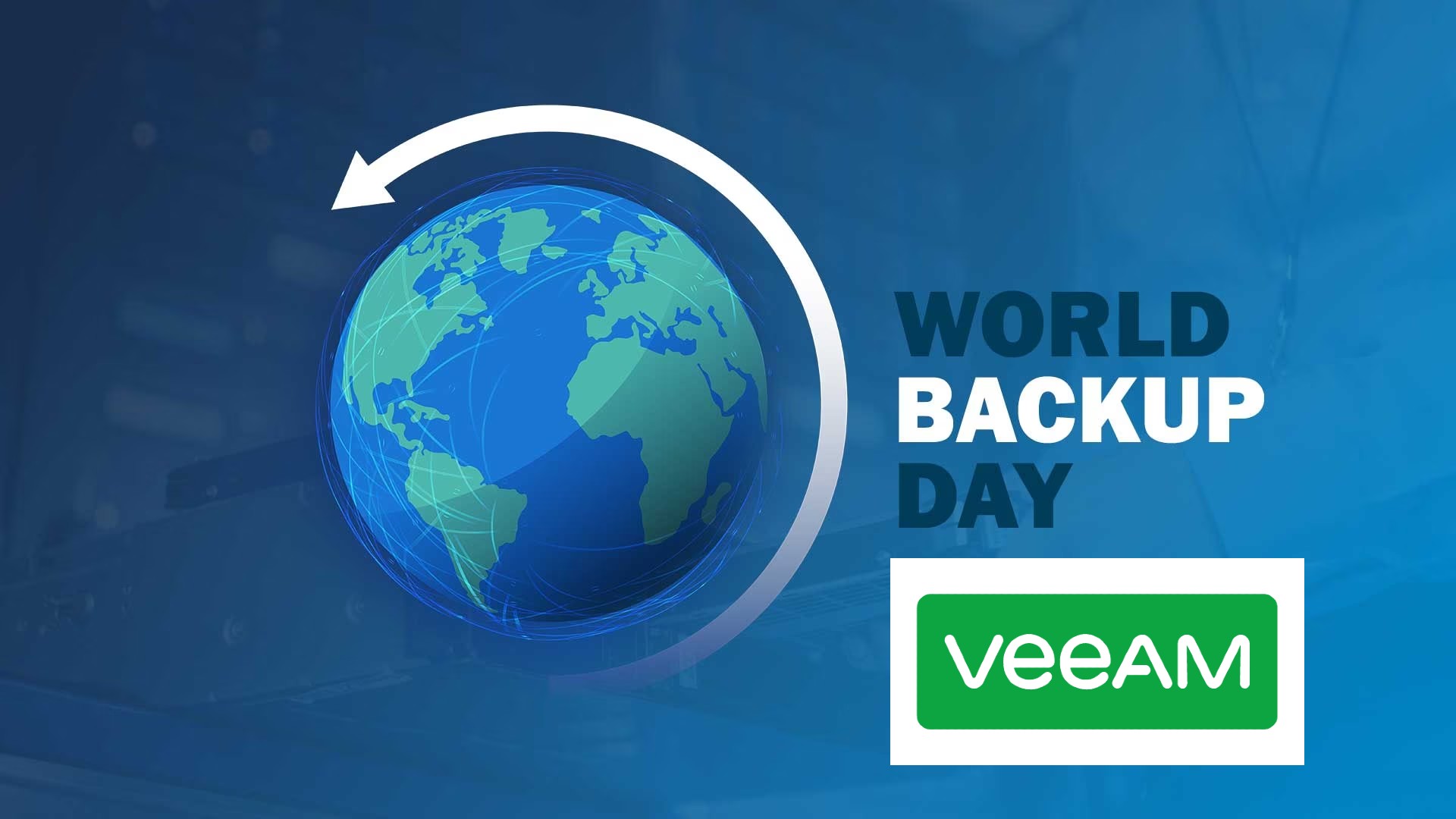Businesses today face a wide range of uncertainties, from pandemics to cyberattacks to natural disasters. Because of their increased reliance on technology, businesses are becoming more vulnerable to cyber-attacks, losing data, and experiencing business disruptions.
According to a recent report by Think Teal and Veeam on ‘State of Business Continuity and Disaster Recovery in India – 2023’, around 18% of the businesses in India lost data due to downtime, and more than 20% of the downtime caused has resulted in a financial loss of more than $1 million per hour.
Downtime cost Indian businesses 73% of their money, 64% of their data, 55% of their customers, 41% of their value chain, 44% of their brand image, and 52% of their employee productivity. The cost of downtime is far greater than just monetary or data loss.
The metrics that define a business’s success or failure have evolved over time. Businesses today are more concerned with their market reputation, brand image, customer loyalty, and a variety of other factors.
Running a business with constant disruptions and frequent downtime can have a greater impact on overall success than monetary losses. To avoid such damage, businesses must go above and beyond to ensure they have a solid data backup plan in place, as well as a strong Business Continuity and Disaster Recovery strategy that mitigates business risks and minimises downtime.
World Backup Day 2023, is a great opportunity to take a more pragmatic approach to the best practices advice given to the market to minimize and protect valuable data – and turn into the growing statistics. We challenge to look at it as a numbers game. Here are few numbers to take in – with a new 2023 look – and motivate everyone to do the best with their backups.
The 3-2-1 Rule:
This isn’t new or broken, but needs a refresh given the current state of cyberthreats and ransomware attacks. The 3-2-1 Rule is a great data management principle that states there should be 3 (or more) copies of data on 2 (or more) different media, with at least 1 of those being off-site. This is great as it doesn’t prescribe any particular hardware technology and with the rest of my advice is ready for nearly every failure scenario.
99.999999999% Durability:
Object storage has been designed for at least 99.999999999% annual durability , and that should be very appealing to many in the market today. Cloud and object storage is not new, but it has clearly proven scale, durability and availability in the market. It’s now time that object storage takes a serious stake in the 3-2-1 Rule as well.
85% of Businesses Have Experienced Ransomware:
The Veeam Ransomware Trends Report 2022 indicated that the majority (85%) of businesses experienced at least 1 ransomware incident in the last year. It’s not if or when anymore, but how many times.
How do we put all of this together for World Backup Day 2023? Build on the capabilities in the market yet accept the realities of the threats today. Ransomware is the disaster that, by the numbers, is much more likely to hit than a fire, flood and blood type of scenario. Let’s leverage one of the more resilient storage types, object storage, and leverage one of the more unique aspects of its value: immutability.
On this World Backup Day 2023, double-down on the 3-2-1 Rule with the two non-production copies of backup data on immutable targets, quite possibly both of them being object storage. Imagine a 3-2-1 rule implementation where both separate copies were immutable object storage. How resilient is that!?
You may wonder, how do we address the logical requirement of 1 copy off-site? We could go to the cloud from on-premises (inherently off-site); we could use different cloud regions (definitely off-site) from the two copies; we could use different availability zones and cloud subscriptions (logically off-site and abstracted). The cloud and object storage world bring so much more to the equation for designing resilient 3-2-1 Rule designs that there is no reason we can’t have a highly resilient backup infrastructure that provides a high likelihood of being able to recover data in a ransomware incident.

Sandeep Bhambur
Veeam Software Vice President and Managing Director, India & SAARC





